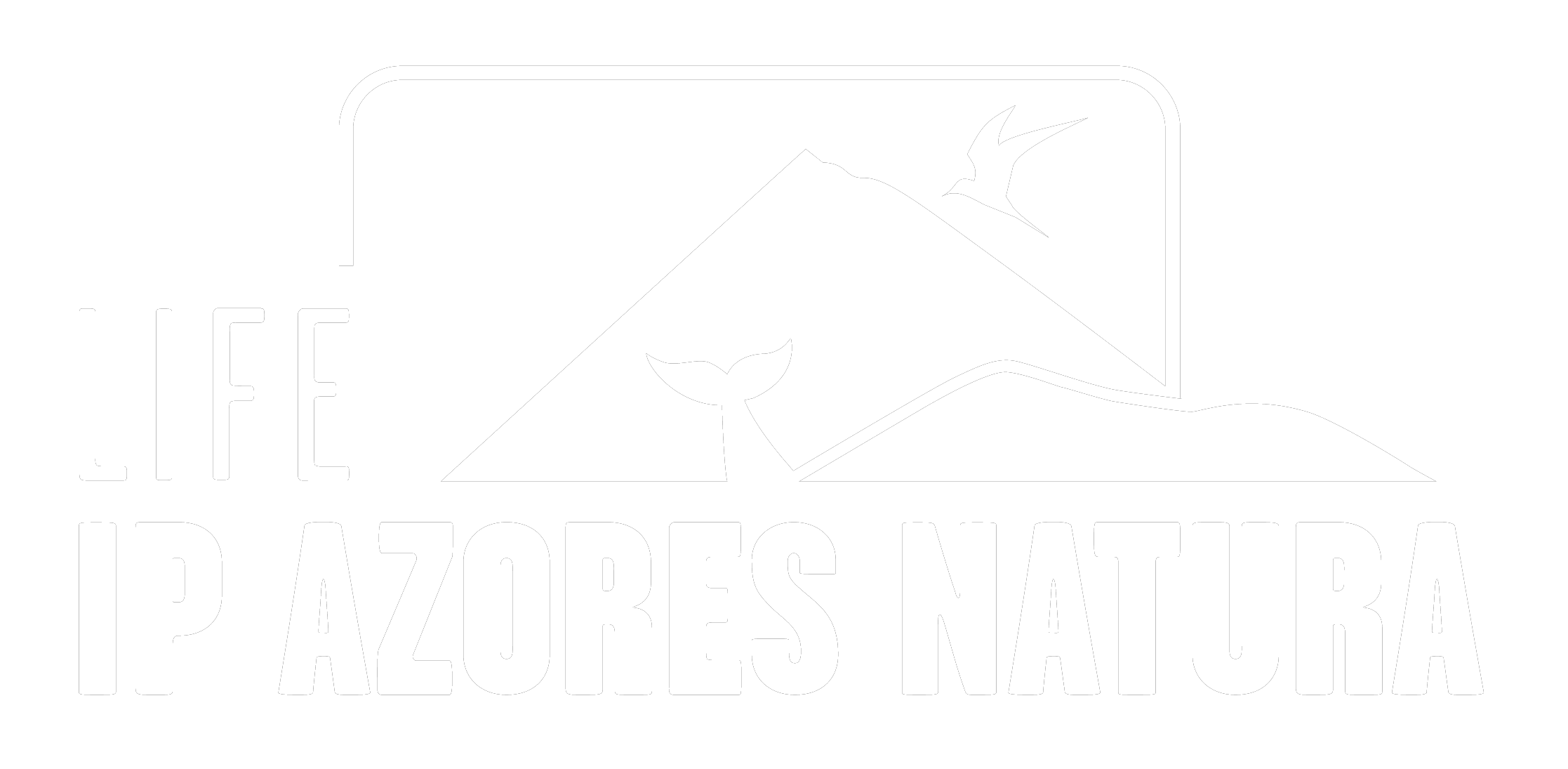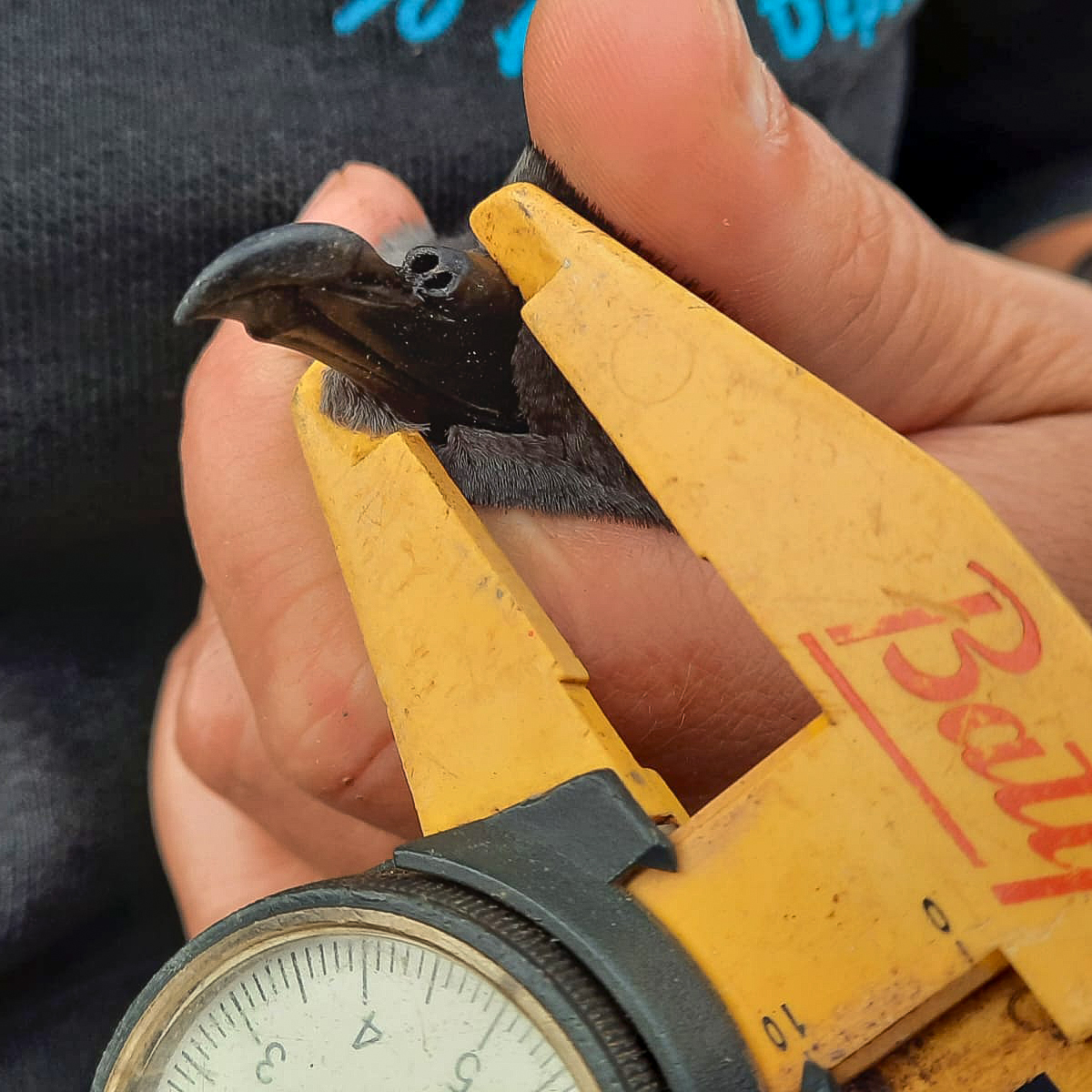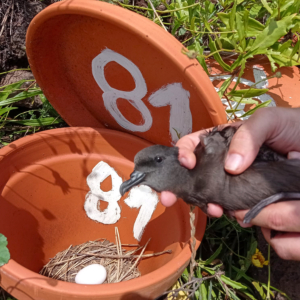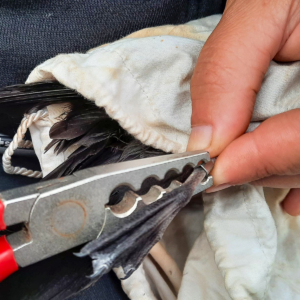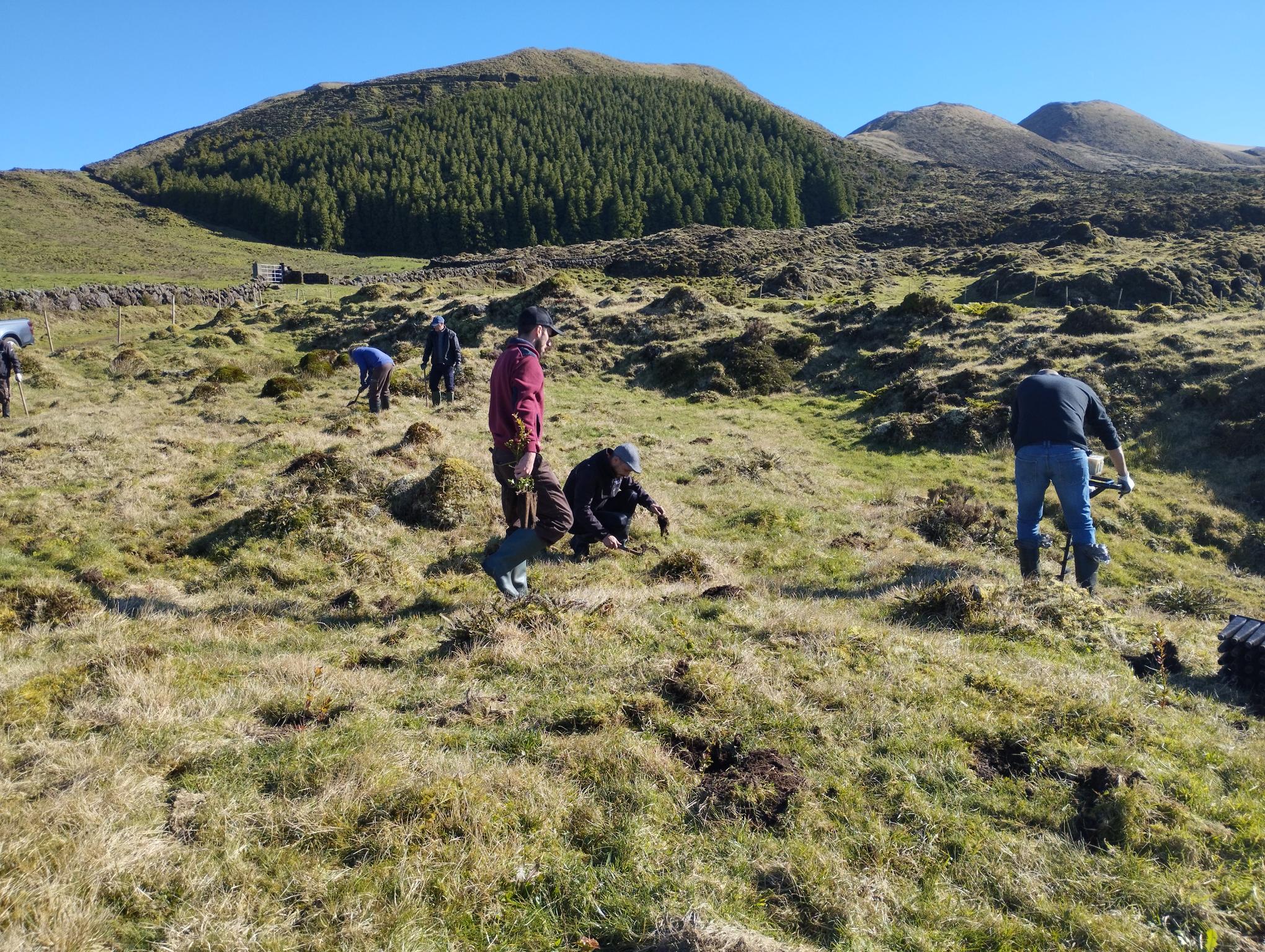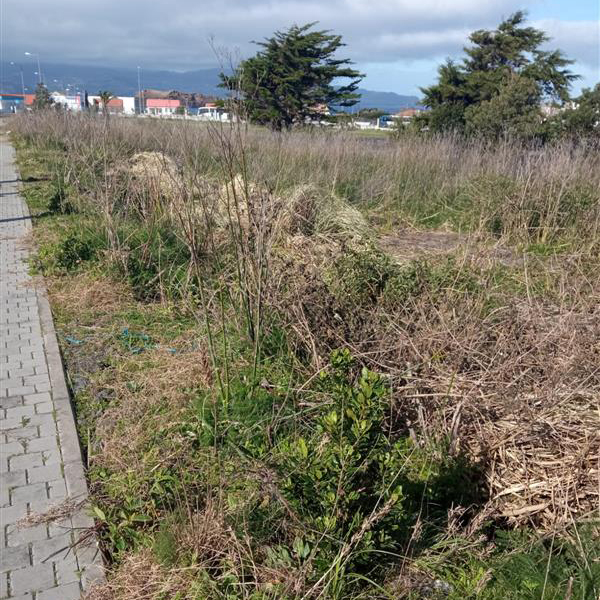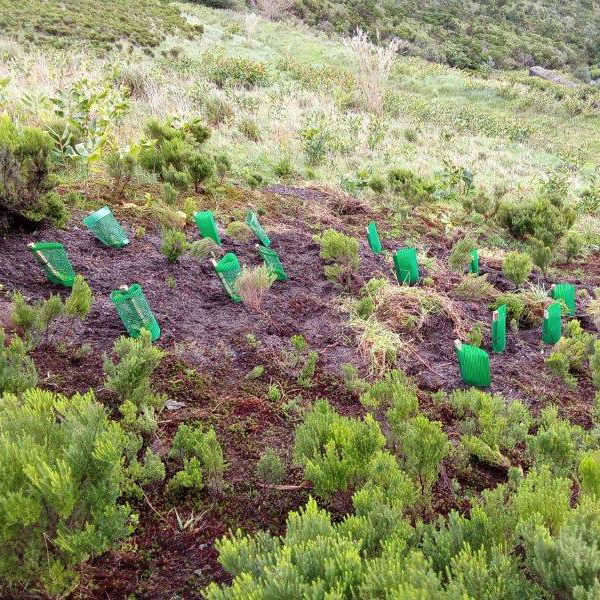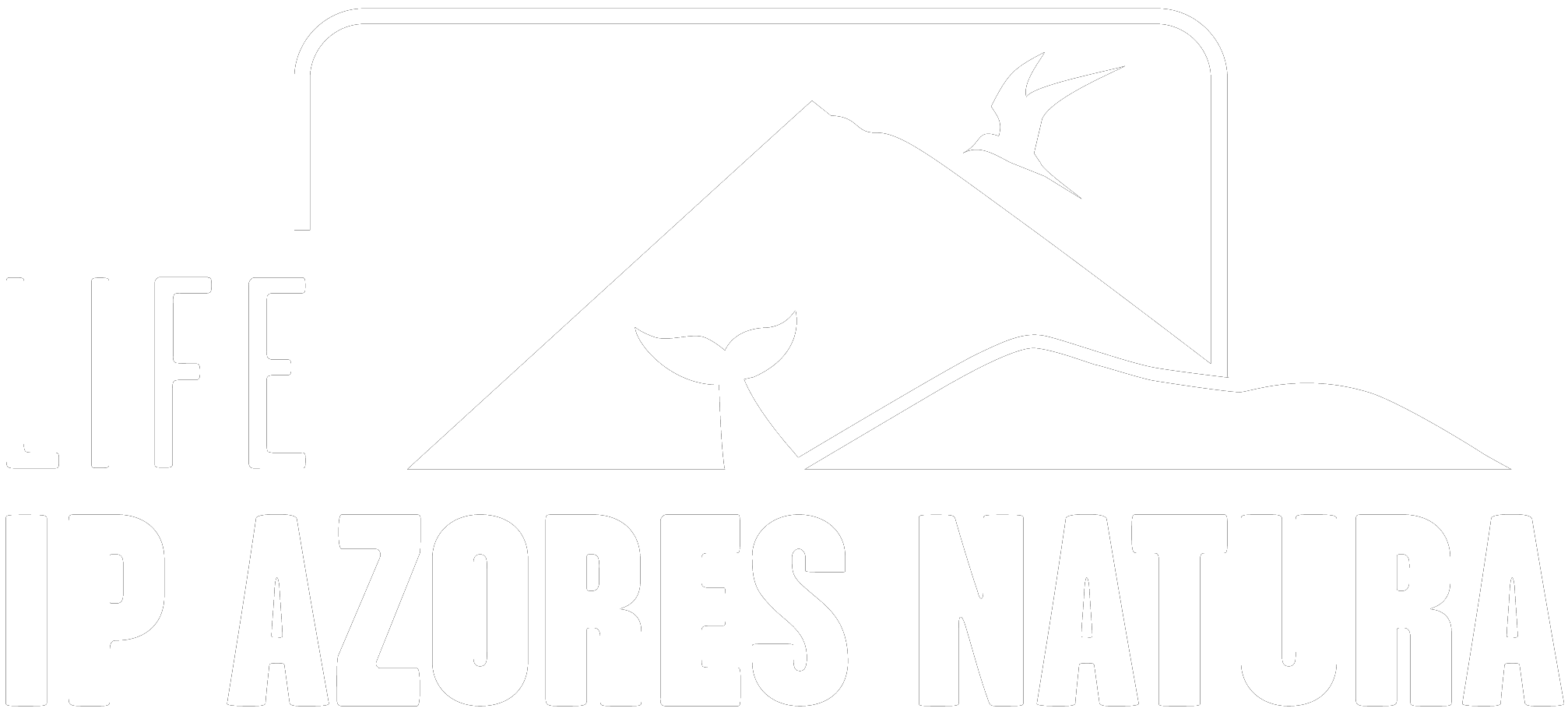During the month of June, a team from the Portuguese Society for the Study of Birds (SPEA), in collaboration with the Environment and Climate Change Services of Graciosa and Santa Maria, carried out some conservation work on the respective islets, where the LIFE IP AZORES NATURA project is working.
In Graciosa, at Ilhéu de Baixo, 64 nests of Cory’s shearwater (Calonectris borealis) and 32 nests of Bulwer’s Petrel (Bulweria bulwerii) were monitored, as well as 100 artificial ones, where no occupation was detected. During this visit some damaged nests were replaced and the motion sensor cameras and the ARU systems, which are used to monitor seabirds on this islet, were also monitored.
Meanwhile, at Santa Maria, more specifically at Ilhéu da Vila, 149 nests of Bulwer’s Petrel (Bulweria bulwerii) and 97 nests of Cory’s Shearwater (Calonectris borealis) were monitored, as well as all the artificial ones placed there, having been registered, to date, an occupancy rate of 15%.
The work carried out on the islets of Graciosa and Santa Maria is part of actions C6.1 “Restoration of habitats on islets for seabirds”, C6.2 “Monitoring of seabirds in remote colonies”, C8.2 “Control and eradication of invasive species in restored habitats” and D5.1 “Monitoring of marine habitats, species and conservation problems” of LIFE IP AZORES NATURA project.
